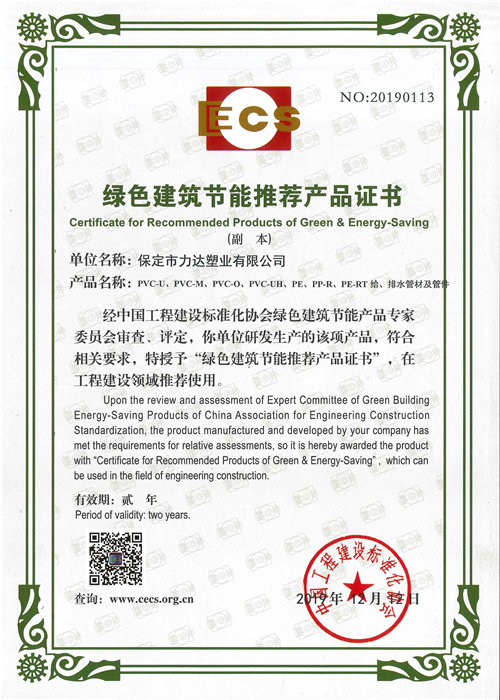Jul . 17, 2024 11:43 Back to list
Similar Characteristics and Benefits of HDPE Cutting Board Material
HDPE cutting boards are commonly used in kitchens and food preparation areas due to their many benefits. HDPE, or High-Density Polyethylene, is a type of plastic that is known for its durability, strength, and resistance to chemicals and moisture. These qualities make HDPE cutting boards an excellent choice for use in commercial kitchens, as well as in homes.
.
Another benefit of HDPE cutting boards is their resistance to bacteria. Unlike wooden cutting boards, which are porous and can harbor harmful bacteria, HDPE cutting boards have a non-porous surface that is easy to clean and sanitize. This makes them a safe choice for cutting raw meat, poultry, and seafood, as well as fruits and vegetables. In fact, studies have shown that HDPE cutting boards are less likely to harbor bacteria than wooden cutting boards, making them a hygienic option for food prep.
hdpe cutting board material

In addition to their durability and bacteria-resistant properties, HDPE cutting boards are also environmentally friendly. HDPE is a recyclable material, which means that old or damaged cutting boards can be recycled and repurposed into new products. This makes HDPE cutting boards a sustainable option for eco-conscious consumers.
Overall, HDPE cutting boards are a versatile and practical choice for any kitchen. Whether you are a professional chef or a home cook, a high-quality HDPE cutting board can make food preparation easier and more enjoyable. With their durability, bacteria resistance, and eco-friendly properties, HDPE cutting boards are a smart investment for any kitchen.
-
Durable Glossy PVC Rigid Sheet | Premium High-Shine Panels
NewsAug.26,2025
-
Durable PP Rigid Sheet: Lightweight, Chemical Resistant Solutions
NewsAug.21,2025
-
PVC Grey Sheet for Extraction: Chemical Resistant & Durable
NewsAug.19,2025
-
Durable PVC Pipe Fittings for Plumbing & Irrigation Needs
NewsAug.18,2025
-
HDPE Steel Belt Reinforced Spiral Corrugated Pipe | High Strength
NewsAug.17,2025
-
HDPE Pipe Fittings: Durable, Leak-Proof Solutions
NewsAug.16,2025

